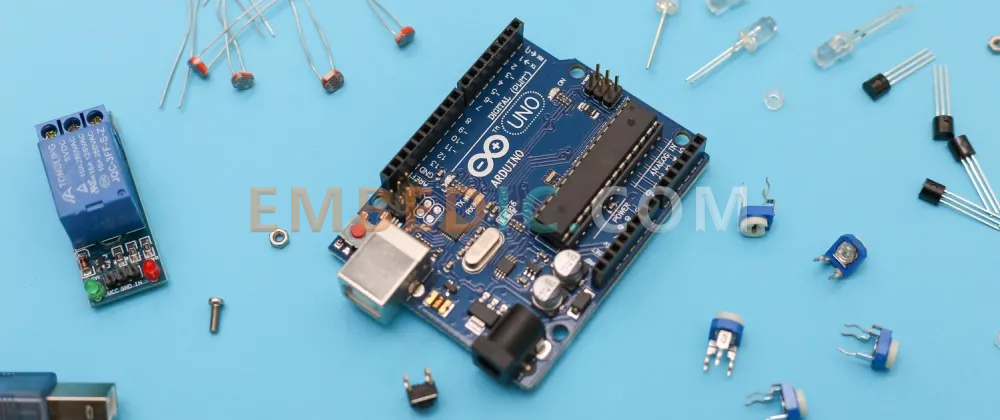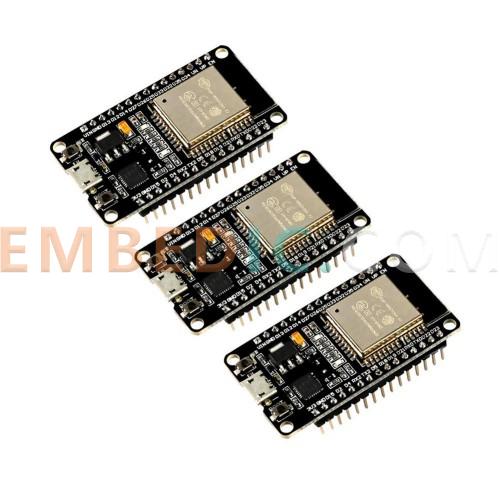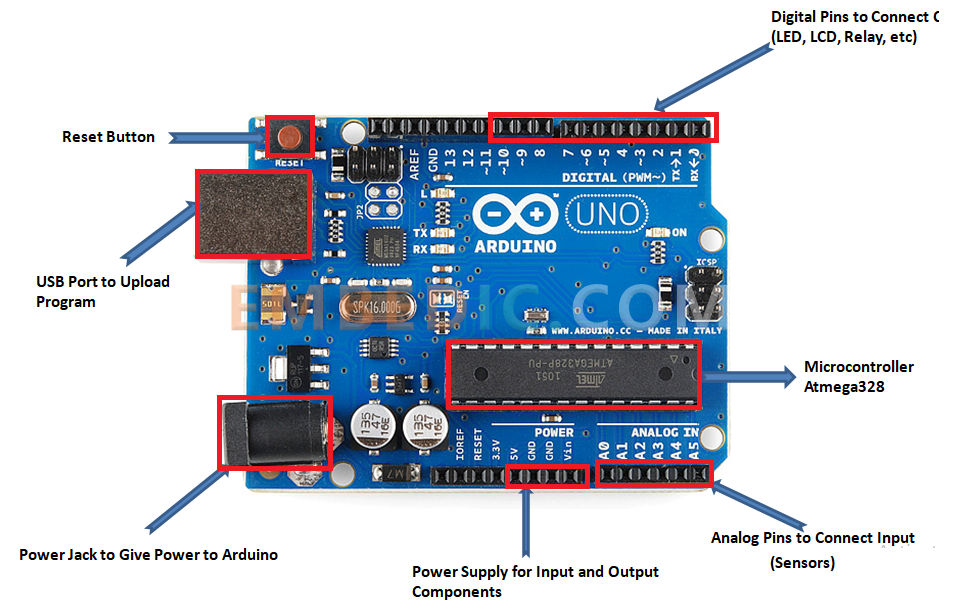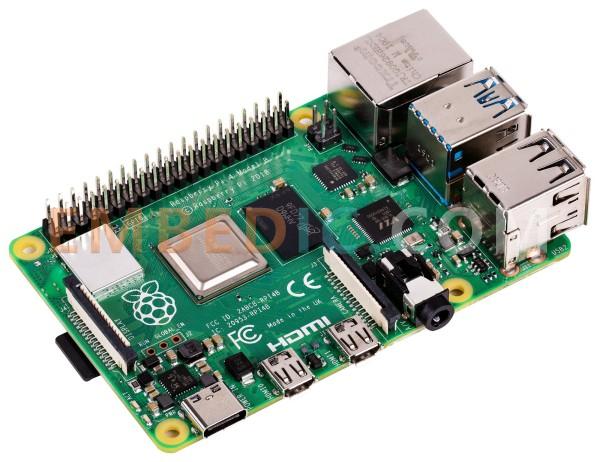The Internet of Things (IoT) has revolutionized the way we interact with everyday objects and transformed the world around us. At the heart of every IoT device lies a microcontroller, a compact yet powerful electronic component that enables connectivity, data processing, and control. With a multitude of microcontrollers available in the market, selecting the best one for your IoT projects can be a daunting task.

In this article, we will explore the top microcontrollers specifically designed for IoT applications. Whether you are a hobbyist, an entrepreneur, or an IoT enthusiast, understanding the features, capabilities, and advantages of these microcontrollers will empower you to make informed decisions and unlock the full potential of your IoT projects.
A microcontroller for IoT (Internet of Things) refers to a small integrated circuit that combines a microprocessor core, memory, and various peripherals to provide processing power and connectivity capabilities for IoT applications. It is designed to handle the specific requirements of IoT devices, which often need to be compact, energy-efficient, and able to communicate with other devices or systems.
Microcontrollers are commonly used in Internet of Things (IoT) systems to control and monitor different systems and devices. They are often found in sensors, actuators and other electronic components. They help manage the way devices work and behave while processing and sending data.
Microcontrollers are important for connecting to and communicating with other systems and devices in an IoT system. They collect sensor data, process it, and send it to other devices or systems via wired or wireless communication protocols. In addition, they can receive and decipher command and control signals from other devices and then use them to control the actions and behaviors of embedded devices.
Microcontrollers are ideal for Internet of Things (IoT) systems because of their small size, low cost and low energy consumption. They can be programmed to perform many different tasks, making them suitable for many IoT applications. They are also ideal for battery-powered devices because they use less energy.
There is no definitive "best" microcontroller for IoT as the choice depends on specific requirements, constraints, and preferences of the project or application.
But do you know how to chooseg the best microcontroller for your IoT application? Here's a step-by-step guide that can help you make an informed decision -
Step 1 Define your application requirements - Clearly defining the requirements of your IoT application is step 1. This includes the types of sensors and actuators you will use, how much memory and processing power you will need, the communication protocols you will use, and the operating environment (temperature, humidity, etc.).
Step 2 Consider MCU architecture - There are different types of MCU architectures, such as 8-bit, 16-bit, and 32-bit. The type you choose will depend on the complexity of your project as well as the memory and power you need.
Step 3 Look at the available MCUs - Once you know your application requirements, you can look for the right microcontroller unit (MCU). It's important to compare different MCUs to make sure it meets your requirements.
Step 4 Consider the communication protocol - IoT applications often need to communicate with the outside world in some way. Make sure the MCU you choose is compatible with the wireless, Bluetooth, cellular or Zigbee protocols you intend to use.
Step 5 Development Tools and Support - It is important to consider the availability of development tools and support for the MCU you are considering. Look for an MCU with a well-established ecosystem of development tools and a strong community of developers who can help you get started and resolve any issues that may arise.
Step 6 Test and Evaluate - Once you have narrowed down your options, it is a good idea to test and evaluate the performance of the MCU you are considering. This can help you determine the best fit for your application.
By following these steps, you can select the best microcontroller for your IoT application and make sure it meets your requirements.
#1. ESP32: The ESP32 microcontroller from Espressif Systems is highly popular for IoT projects. It offers dual-core processing, Wi-Fi and Bluetooth connectivity, low power consumption, and a rich set of features at an affordable price.

#2 Arduino: Arduino boards, such as Arduino Uno or Arduino Nano, are widely used in IoT projects. They are beginner-friendly, have a large community, and offer a wide range of shields and libraries for easy prototyping.

#3 Raspberry Pi: While not a microcontroller, Raspberry Pi is a powerful single-board computer often used in IoT projects. It provides more computational power, extensive connectivity options, and support for various operating systems.

#4 STM32: The STM32 series from STMicroelectronics offers a range of microcontrollers based on the ARM Cortex-M cores. They provide different performance levels, connectivity features, and peripherals suitable for various IoT applications.
#5 Nordic nRF52: Nordic Semiconductor's nRF52 series of microcontrollers are known for their integrated Bluetooth Low Energy (BLE) capabilities. They are suitable for IoT devices requiring wireless connectivity.
#6 PIC: Microcontrollers from Microchip's PIC series are widely used in IoT projects. They offer a range of options with different capabilities, power efficiency, and peripherals suitable for various IoT applications.
Remember, the best microcontroller for your IoT project depends on factors like processing power, memory requirements, connectivity options, power consumption, and available development tools. It's recommended to evaluate these factors based on your project's specific needs before making a decision.
In conclusion, choosing the best microcontroller for your IoT projects is a critical step in ensuring the success and efficiency of your designs. The selection process involves considering factors such as processing power, connectivity options, power efficiency, and compatibility with IoT protocols and platforms.
By exploring the top microcontrollers specifically designed for IoT applications and understanding their features, capabilities, and advantages, you can narrow down your options and make the right choice for your specific needs. Stay updated with the latest advancements in microcontroller technology, explore datasheets and application notes, and leverage the benefits of the best microcontrollers for IoT to create innovative and impactful IoT solutions. With the right microcontroller in hand, you can bring your IoT ideas to life and contribute to the ever-expanding world of connected devices.
Manufacturer: Texas Instruments
IC FIXED-POINT DSP 361NFBFA
Product Categories: DSP
Lifecycle:
RoHS:
Manufacturer: Texas Instruments
IC DGTL MEDIA PROCESSR 684FCBGA
Product Categories: DSP
Lifecycle:
RoHS:
Manufacturer: Texas Instruments
IC DGTL MEDIA PROCESSR 1031FCBGA
Product Categories: DSP
Lifecycle:
RoHS:
Manufacturer: Texas Instruments
IC DSP FIX/FLOAT POINT 625FCBGA
Product Categories: DSP
Lifecycle:
RoHS:
Looking forward to your comment
Comment